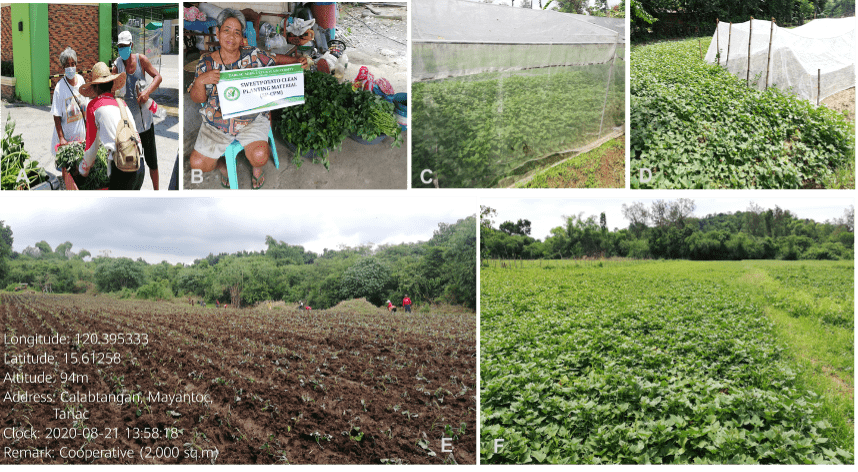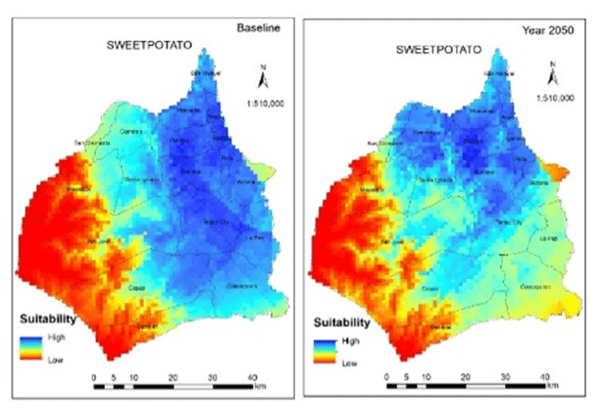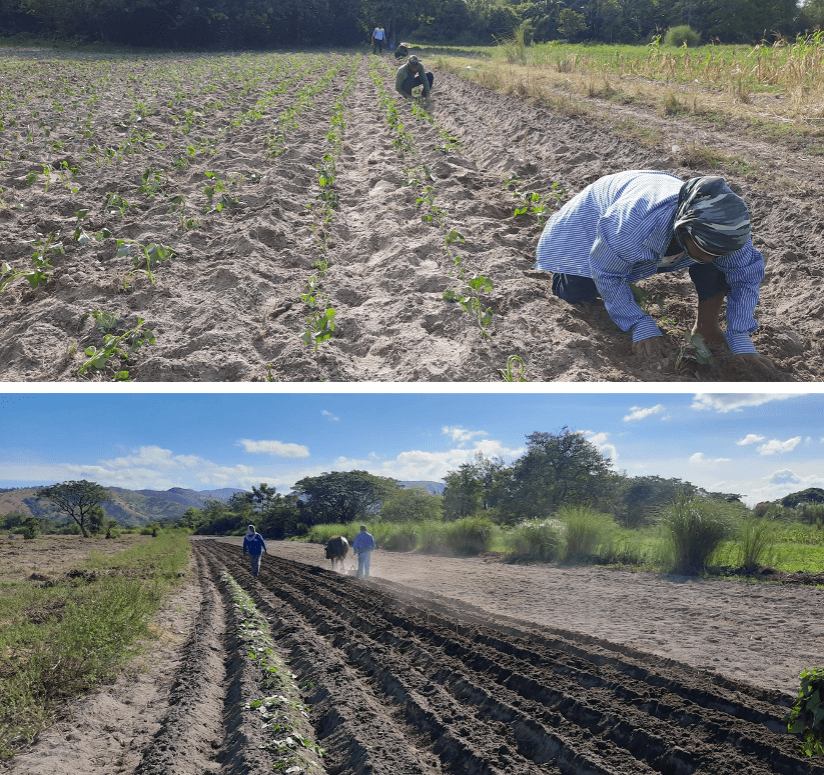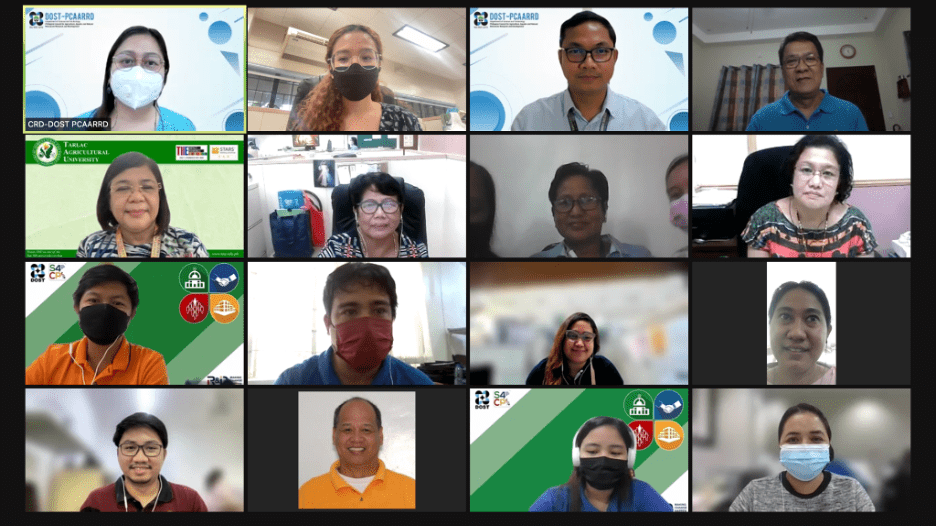
Over two million cuttings of sweetpotato clean planting materials (SP-CPM) were produced and distributed to sweetpotato farmers in Central Luzon. The distribution was coupled with training on sustainable production.
This is among the many accomplishments showcased by the Sweetpotato R&D Center under the Niche Centers in the Regions for R&D (NICER) Program funded by the Department of Science and Technology (DOST). The said NICER program has three project components implemented by the Tarlac Agricultural University (TAU) and monitored by the Philippine Council for Agriculture, Aquatic and Natural Resources Research and Development of DOST (DOST-PCAARRD).

The establishment of the Sweetpotato R&D Center aimed to enhance the production with the use of certified SP-CPM; generate spatial information to determine the suitability, pest incidence, and climate-risk vulnerability of sweetpotato production areas; and develop integrated crop management (ICM) for sweetpotato in Central Luzon.
Program leader, Dr. Lilibeth B. Laranang of TAU reported that they have distributed a total of 2,231,700 SP-CPM cuttings that are free from sweetpotato’s most important disease – the sweetpotato virus disease (SPVD).
The project team propagated and acclimatized 12,367 mother plants of the Visayas State University (VSU) Sweetpotato 6 known as VSP6 variety and distributed 1,200 mother plants to their partner cooperatives. The team also conducted virtual training on SP-CPM production and pests and disease management of sweetpotato to strengthen the capacity of farmers and local institutions. In line with this, the Bureau of Plant Industry (BPI) has accredited TAU Sweetpotato Nursery and one of its partners, the Mayantoc SP-CPM Producers Cooperative, in SP-CPM production for the regulation of certified SP-CPMs.

The program also generated site suitability maps wherein about 3,000 hectares of potential expansion areas were identified as suitable for sweetpotato production. The team also developed six sensitivity maps and 22 hazard maps that can help identify areas that can be affected by extreme climatic factors and hazards.
Moreover, technologies on organic farming, improved water management, and pest management were developed to determine the best practices that will boost the yields of sweetpotato. Techno-demo farms were also established in lahar-laden areas in Zambales and the lowland areas in Tarlac to showcase the improved ICM practices in sweetpotato. Top three performing varieties based on yield were identified for lahar-laden areas (VSP6, Kinerots, and Five Fingers) and lowland areas (VSP6, PSB17, and Kinerots). The project team will be conducting a series of trainings on ICM production for sweetpotato farmers and other interested participants.

The notable achievements of the Sweetpotato R&D Center were presented in a terminal review conducted by the Crops Research Division (CRD) of DOST-PCAARRD and evaluated by the Technical Review and Evaluation Panel (TREP) led by Mr. Edwin del Rosario from the University of the Philippines Los Baños (UPLB), together with Mr. Gilbert Poralan, Jr., Ms. Charisma Delos Reyes, and Ms. Monica Saniel from DOST’s Science for Change Program (S4CP).
Also present in the activity were component project leaders, Engr. Ermalyn Galo, Dr. Yolanda Guillermo, and staff from TAU; Ms. Rachelle Liberato from the Central Luzon Agriculture, Aquatic and Natural Resources Research and Development Consortium (CLAARRDEC); representatives from DOST Region 3; and key staff from CRD headed by Dr. Allan Siano, Officer-in-Charge, and Ms. Abigail May Retuta, ISP manager for Sweetpotato.
